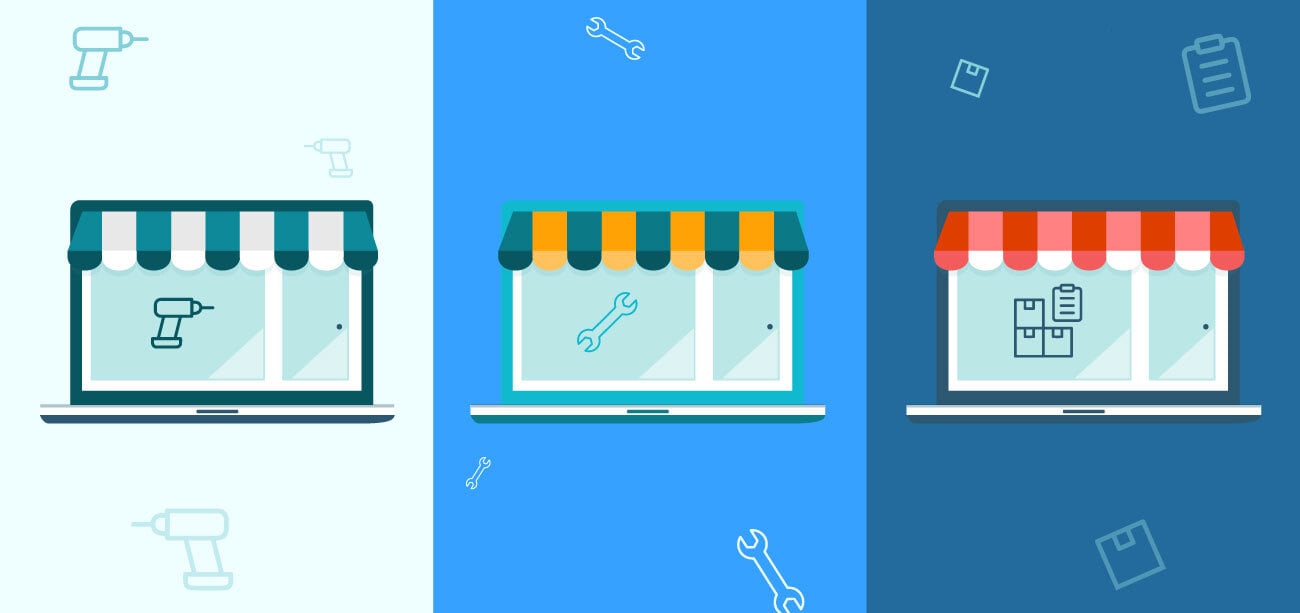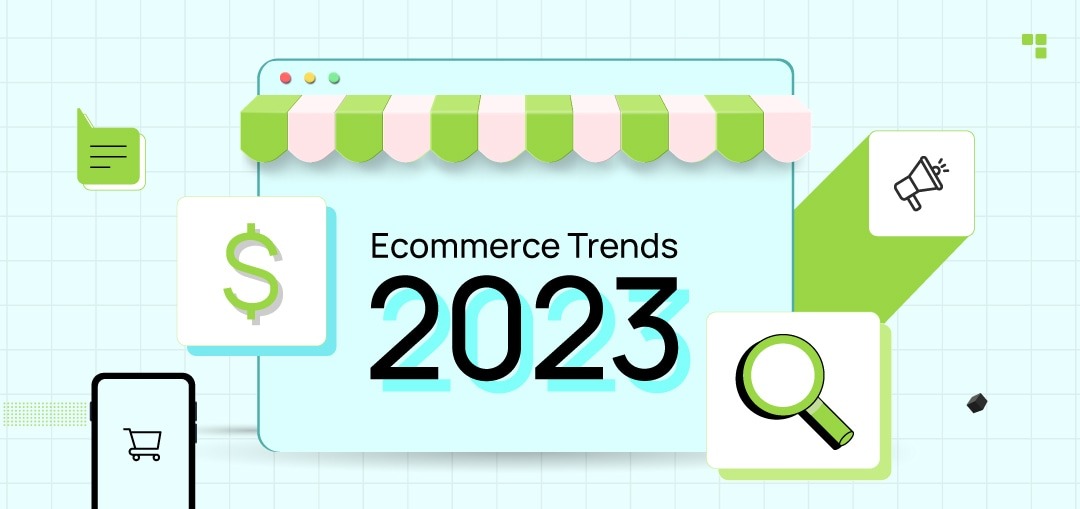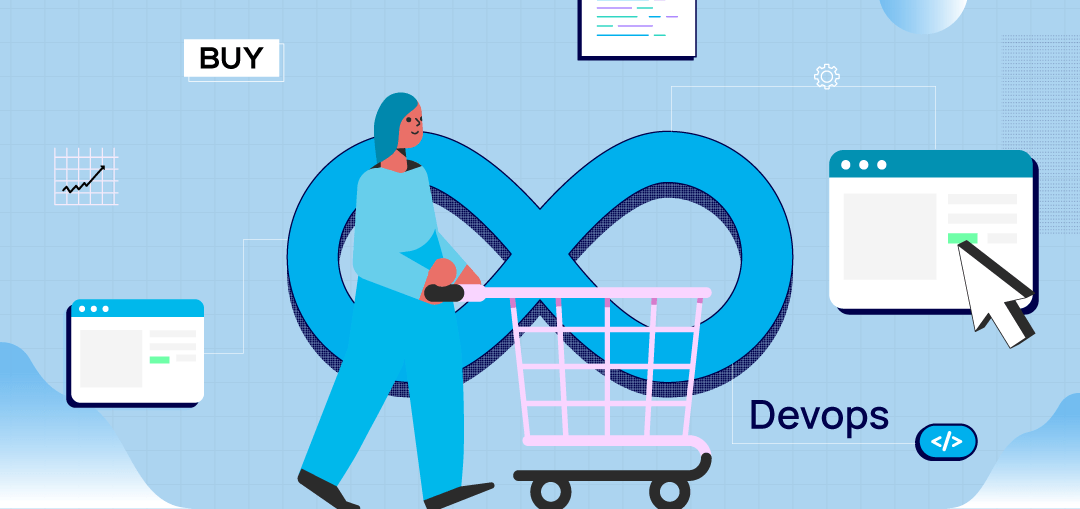If you are a regular internet user, you must have observed something unusual and effective at the same time on the web.
How about seeing an ad for your recently searched product on Amazon. Other than this, Netflix provides you with movie suggestions similar to the ones that you just watched. Lastly, Hulu informs you about the upcoming episode of the show you are watching.
These examples are not the end; there are many of them. The core motto of the brands behind these personalization messages is to enhance user experience and conversion.
As per Accenture[1] , 91% of the customers say that they will shop with a brand that provides relevant offers and recommendations to them. On top of that, Statista[2] suggests that 90% of U.S. consumers find company messages that are not personally relevant annoying.[3] These stats clearly prove that e-commerce personalization can be the cannon for your brand if implemented well.
For those who have an eCommerce B2B business, it is time for you to leverage the power of e-commerce personalization. If you already are, it is time to make some tweaks for better results.
This exhaustive guide will uncover some great aspects and techniques of e-commerce personalization for you!
How does E-commerce Personalization work?
Amazon can target product ads to you! Ever wondered how it does that?
Amazon and every other business giant target its users with relevant content by collecting their information. It may seem like a privacy issue to you right now. However, most of these firms use customer data responsibly and with user consent.
The data used by firms like Amazon are purchase history, search history, previously reviewed products, and demographics.
Based on this obtained data, users on the eCommerce platform are divided into different segments. After this, relevant content for each user segment is generated and targeted based on their position in the marketing funnel. This is about e-commerce personalization for the B2C model.
E-commerce personalization for B2B is a bit different from B2C. How? In B2C, the brand only has to convince the customer that its product is better than the competitors. Therefore, customers follow the impulse buying method as they only see the benefits and needs of the product.
On the other hand, the target entity here is a business. Brands cannot convince them easily. Businesses that buy from the brands tend to do thorough research about the products and services. As they have their dedicated sales, finance, and other teams, the collaborative logical analysis of all of them is considered before making the buying decision. Therefore, personalization works differently in B2B, and there are many factors that play a critical role, such as search, catalog, orders, promotions, etc.
Key E-Commerce Personalization Practices and Trends of 2023 for B2B!
As you are well aware of what ecommerce personalization is and how it works, let’s move on to the trends and practices that make e-commerce personalization better, efficient, and faster.
AI is the future
If we look at the technology, industrial, and other business sectors, AI has disrupted almost all of them in one way or another. The disruption is so intense that the market for AI is skyrocketing. The AI market size stands at $387.45 billion in 2022 and is expected to go up to $1,394.30 billion by 2029.

If we talk about eCommerce, it also shares a slice of this market. As of now, the adoption is slow, but it is happening. Statistics show that around 30% of retailers use AI for personalization. Amazon and eBay are two of those online retailers.
Artificial Intelligence coupled with machine learning and big data analytics can help eCommerce companies easily predict changing user behavior. Furthermore, this changing behavior of the users, whether it is the surfing pattern, viewed products, products added to cart, or whatnot, can be used for various purposes. AI can track these aspects to deliver personalized product recommendations and ideas about content type and its placement.
As there is no human intervention, AI can serve as a one-on-one personalized agent for the customers and small businesses. Further, AI can also help eCommerce businesses scale personalized recommendations. Retailers can use the recommendations provided by AI to further refine content and offers for better performance.
AI can track aspects like visitor behavior, third-party data, and historical data to make changes to the product details. Apart from these, AI can also be used to review ads and see if the right ads are delivered to the right audience.
Here are some AI in e-commerce personalization examples-
TELUS International uses e-commerce personalization techniques and AI technology to deliver more personalized ads that convert
Companies use a combination of Diderot effect and AI-based personalization to influence the buying behavior of the users.
Product Recommendation
B2C product recommendation is an easy and straightforward process. You analyze what the customer brought, and you can target them with similar products. B2B product recommendation works a bit differently.
In the B2B process, you not only have the opportunity to increase your average order value, but you can also work on e-commerce personalization for product recommendations.
For example, if a mobile repair franchise owner purchases bulk mobile repair devices like flex cables, you can recommend products related to those devices like a Front Camera with Face ID Proximity Sensor or mobile phone motherboards.
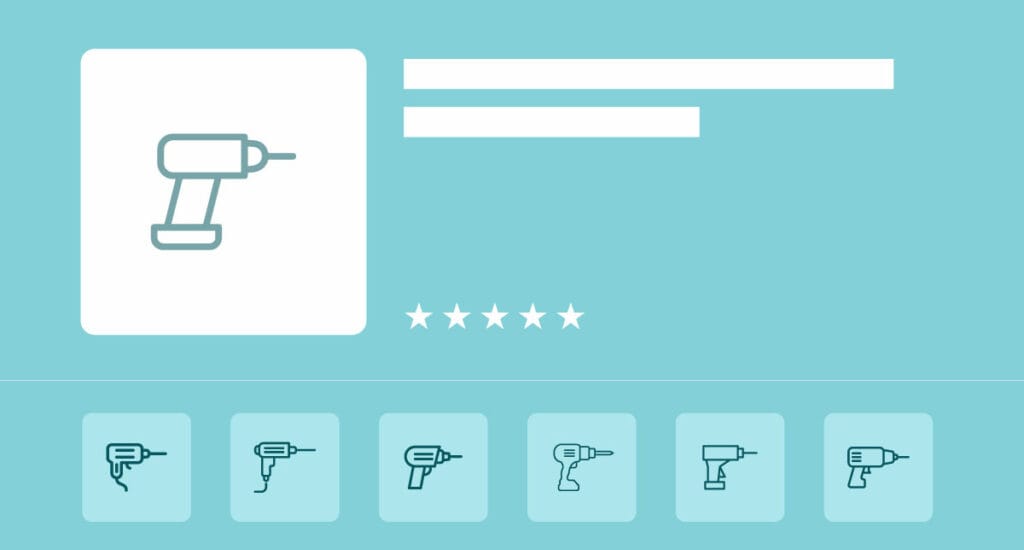
Enable Corporate Accounts
B2B buying may seem like B2C, but it is not. Unlike B2C, B2B buying has a lot of different minds behind it. As a B2B account can be an entire firm purchasing from you, brands need to provide a single account with the ability to handle multiple users along with multiple access role functionalities.
For example, the company hierarchy of a B2B client can have multiple members with various access roles(like, one can have permission to just shortlist the products while the other can place the order). To ensure that the overall process of accessing the eCommerce platform from a single account is easy, create a corporate account with access roles.
It can be the company’s senior manager shortlisting the products but an assistant manager placing the order. On top of all these, B2B clients also require real-time details about credit status, inventory levels, and invoices history.
Provide Informational Resources
One of the primary challenges that a vendor faces is knowing about the product. For example, if there is a new product in the market (say, a virtual assistant like Alexa), it can be difficult for the vendors to know if it is capable of captivating the audience or surviving the competition. So, being a part of the B2B model, you need to produce personalized informational assets for the clients.
These assets may include:
Specification sheets: These sheets can include figures about the demand for the product along with aspects like customers’ expectations and market needs.
Explainer videos: These videos can be a perfect e-commerce personalization asset that can be targeted to a B2B client. It can help them understand the product and its related terms easily.
Whitepapers and eBooks: Big brands tend to produce product-related ebooks and whitepapers that clearly highlight the pain points of the users and their respective solutions.
The Useful Quick Repeat
E-commerce Personalization is not just about targeting users or SMBs with recommended products. It is much deeper than that. As we have already talked about real-time access to credit status, inventory records, etc., one more thing that can go in the B2B e-commerce personalization basket is the quick repeat functionality.
If a business is ordering products in bulk, it will be an arduous task for them to find the same products again and again when re-ordering. As reordering the same products is a common practice for businesses, you can add a feature like a button on top of their corporate account saying “Repeat the last order.” Further, you can add information about the last order just below the button. This single-click order function can reduce a lot of hassle and time for business prospects.
Handle the Checkout Process
As it is crucial for brands to introduce corporate accounts, it also becomes necessary to alter the checkout process based on that. For example, in a firm, there can be many people who could be placing orders for their respective product departments. The checkout process should compile these orders to get approval from the purchase manager.
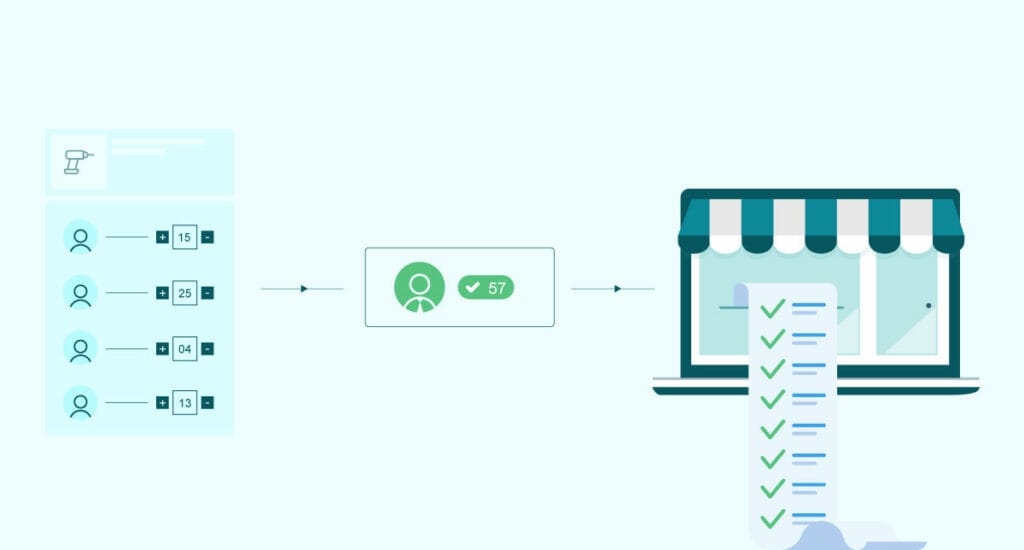
Another example can be a business with multiple franchises. When multiple stores of the same franchise place orders, the checkout process should compile the orders into one and place a bulk order. The process can eliminate confusion and streamline the checkout process.
Leverage Email Marketing
Email may not seem like a good way to engage with business customers, but it is much more powerful than you think. As per stats, $1 spent on email can harness an ROI of $36. This is only possible if you stand out from the crowd.
As there are countless ecommerce businesses undertaking personalized email marketing, you need to distinguish yourself.
It can be done by sending personalized business emails to your business customers. Based on the time of the year or a special occasion, like Black Friday, you can send personalized emails with the banner “special discounts on bulk orders.” Moreover, you can shoot emails with offers like Order over 1000 units and get 1000 units of a supporting product free.
To keep your prospects updated with your deals, inform them about your new products via personalized emails.
Final Words
E-commerce Personalization is not a one-time job. It needs to be done as the organization grows and as the trends and buying behavior change. It is a never-ending process. However, if you do it carefully enough, it can provide you with limitless opportunities and revenue for an extended period of time. As of now, AI, machine learning, and augmented reality are some of the important technologies that can enhance the e-commerce personalization game for businesses.
Arrange for a personalized consultation with us at [email protected] to get started.


